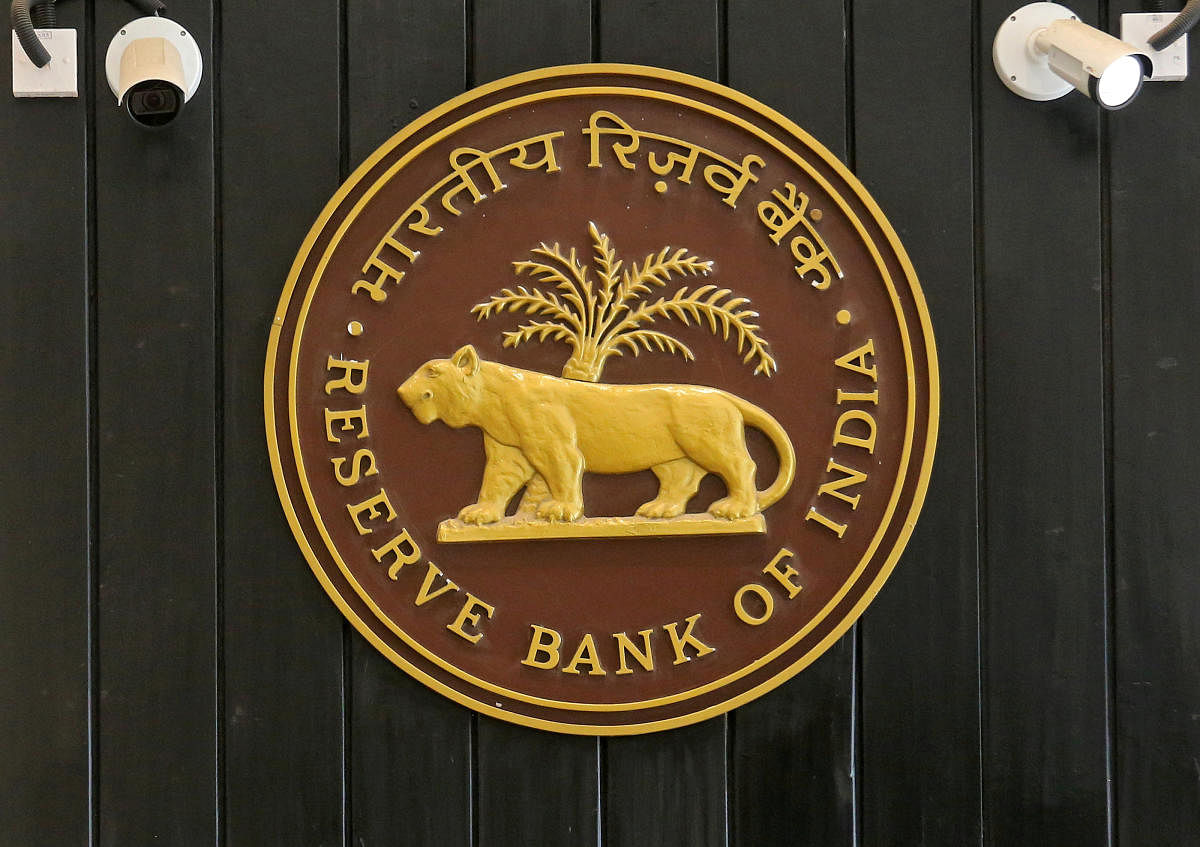The Supreme Court’s directive to the Reserve Bank of India to disclose its annual inspection reports of banks along with the list of wilful defaulters and information related to them is not only an assertion of the right to information but also a stinging reminder to the RBI of its responsibility to the public and the nation. The court has said that the RBI is duty-bound to disclose information sought under the RTI Act on the bad loans of banks, which it has persistently refused to make public. The court has sharply criticised the RBI for its refusal to comply with the court’s 2015 order to disclose information about loan defaulters and has made it clear that the top bank is now being given “one last opportunity.’’ It has warned the RBI that any further violation of its orders would be viewed seriously and invite contempt of court action.
There is no convincing explanation for the RBI’s failure to provide the loan default information sought by RTI activists. The bank had claimed that the information was protected under certain sections of the RTI Act and the RBI Act. It had contended that the loan details and inspection reports had a bearing on national interest. It also said that the disclosure would hurt the working of banks based on competitive business strategies. The fiduciary relationship of the RBI with the banks was also cited to underline the need for secrecy. It was claimed that the country’s economic stability would be affected if the information is revealed. But the court rejected all these grounds, as it did even in 2015. It had held that being a statutory authority which oversees the functioning of banks, the RBI is accountable to the general public. The greater public interest overrides other reasons like the interests of banks or others who might be adversely affected by the disclosure. What is involved is money that belongs to the people which they have entrusted to the banks.
The RBI even came out with a new disclosure policy to defeat the court’s 2015 order. The court has also told it to withdraw this order. The demand for disclosure of information had actually started in 2011 when the Central Information Commission (CIC) decided that the public had the right to know how the banks functioned. The non-performing assets of banks amounted to over Rs 11 lakh crore in 2018 and the public should know where all that money has gone. Unfortunately, the court has not set a time limit for the RBI to comply with its order. This has created apprehensions. The court should not allow the RBI to get away on this matter.
